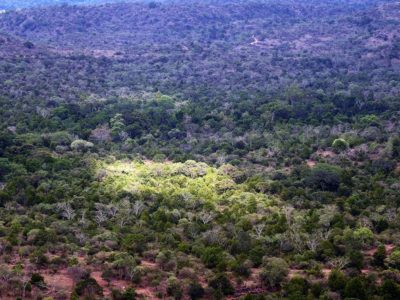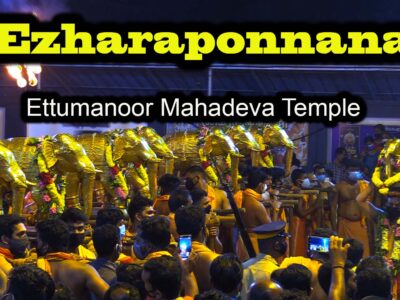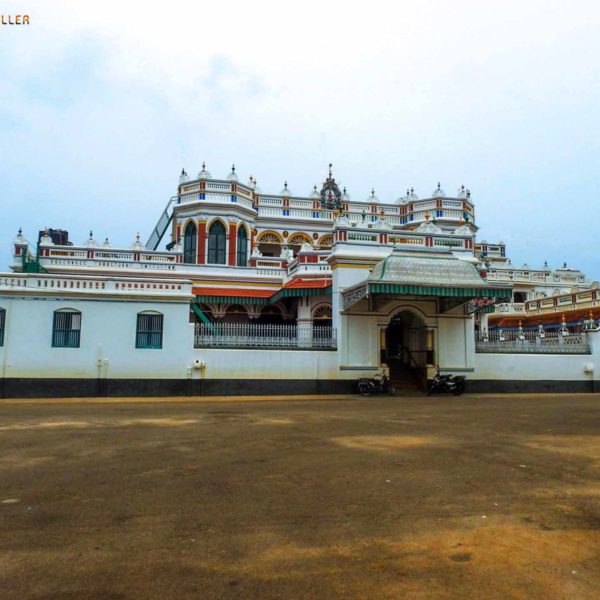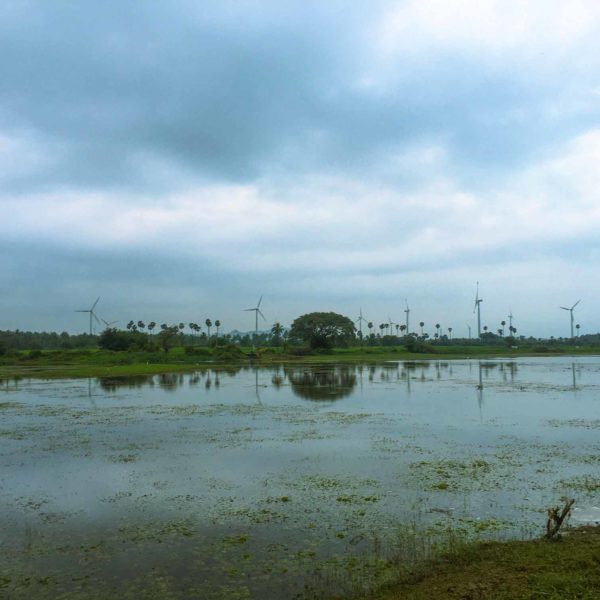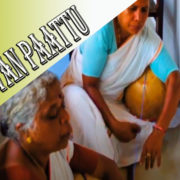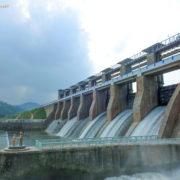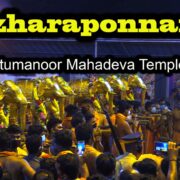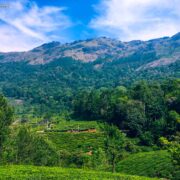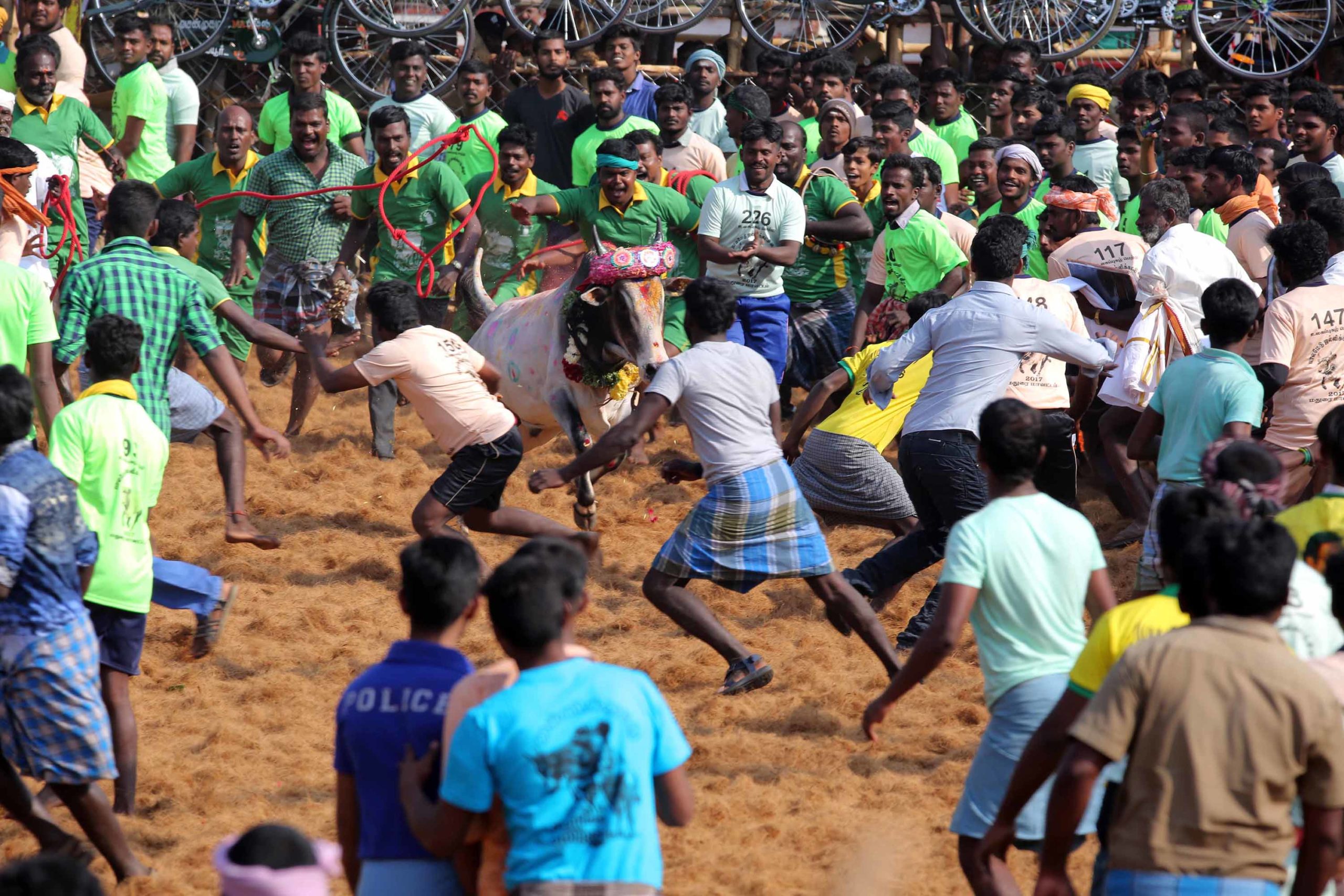
It has been sometime since I started having a strong desire to see Jallikattu, but couldn’t because of one or the other reason. I happened to see a video of Jallikattu which my friend received from a relative of his from Tamil Nadu. That’s when I started having this desire in my mind. Since it is an event held in Tamil Nadu, without doubt, its splendour will be of a different level because Tamils always make it a point to hold their festivities in a grand way, and therefore, I knew that it will be a real impressive one. In 2017, I decided to get a taste of it. However, in that year, Jallikattu came to be stayed by the court. Everybody knows the protests that took place with the stay. Afterwards, there was a lot of ambiguity related to whether the event will be held or not.
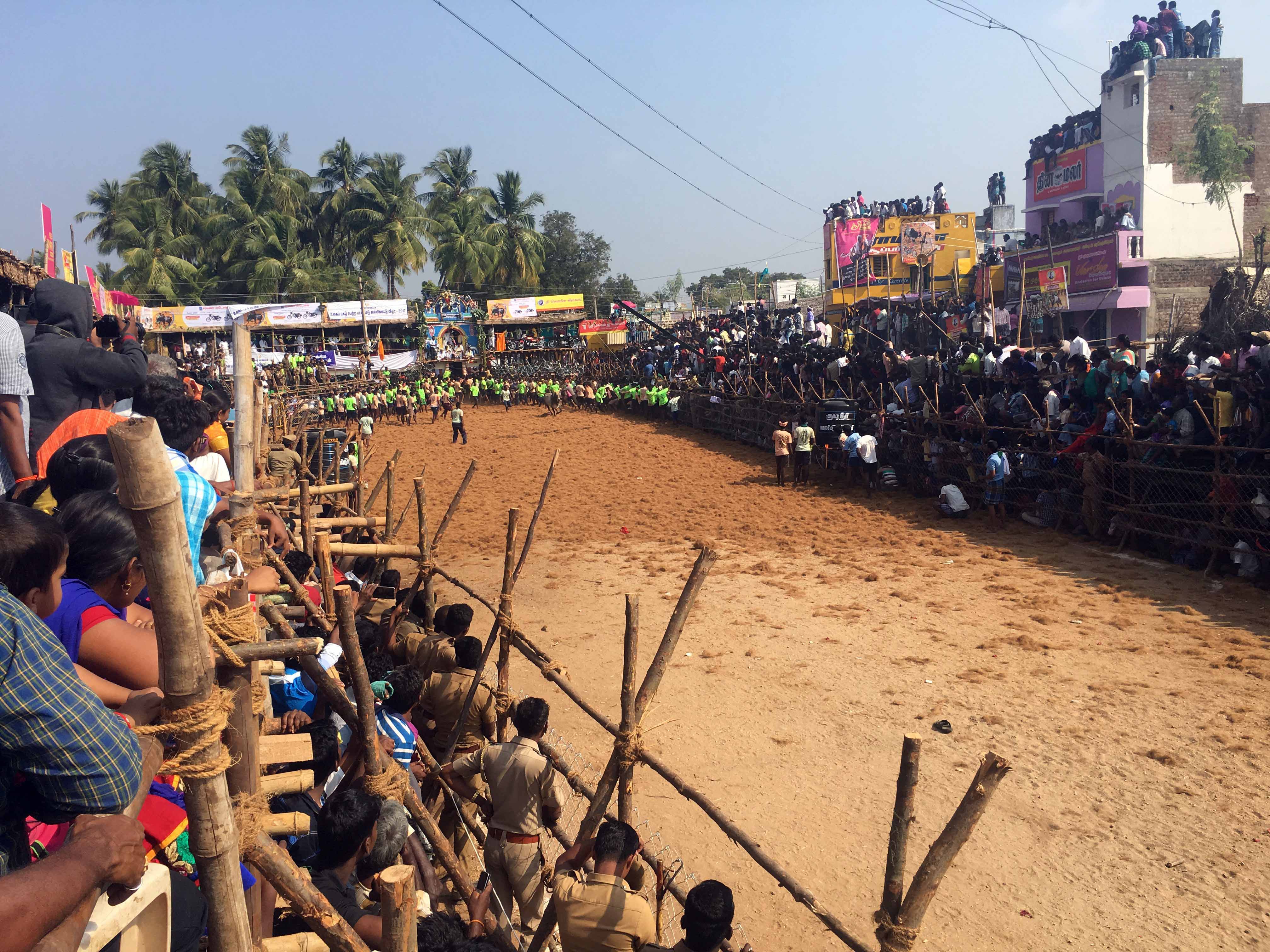
Putting an end to this, the verdict of the court came permitting Jallikattu to be conducted adhering to certain conditions. Thus, Madurai Palamedu Jallikattu was decided to be conducted on 10th February 2017. Palamedu and Alanganallur are the places in Tamil Nadu where the sport is held in a big way. I left for Palamedu in Madurai on the day before the event. It is 295 km via Kumily, Kambam, Theni, Madurai, to Palamedu. Jallikattu is part of life of the Tamil people. It is impossible for them to imagine the Tamil month, Thai passing without the jallikattu. Pongal is a harvest festival celebrated at the start of Tamil month, Thai, and is considered as the day when mankind was born. Same way, Mattu Pongal is celebrated as the birth day of animals.
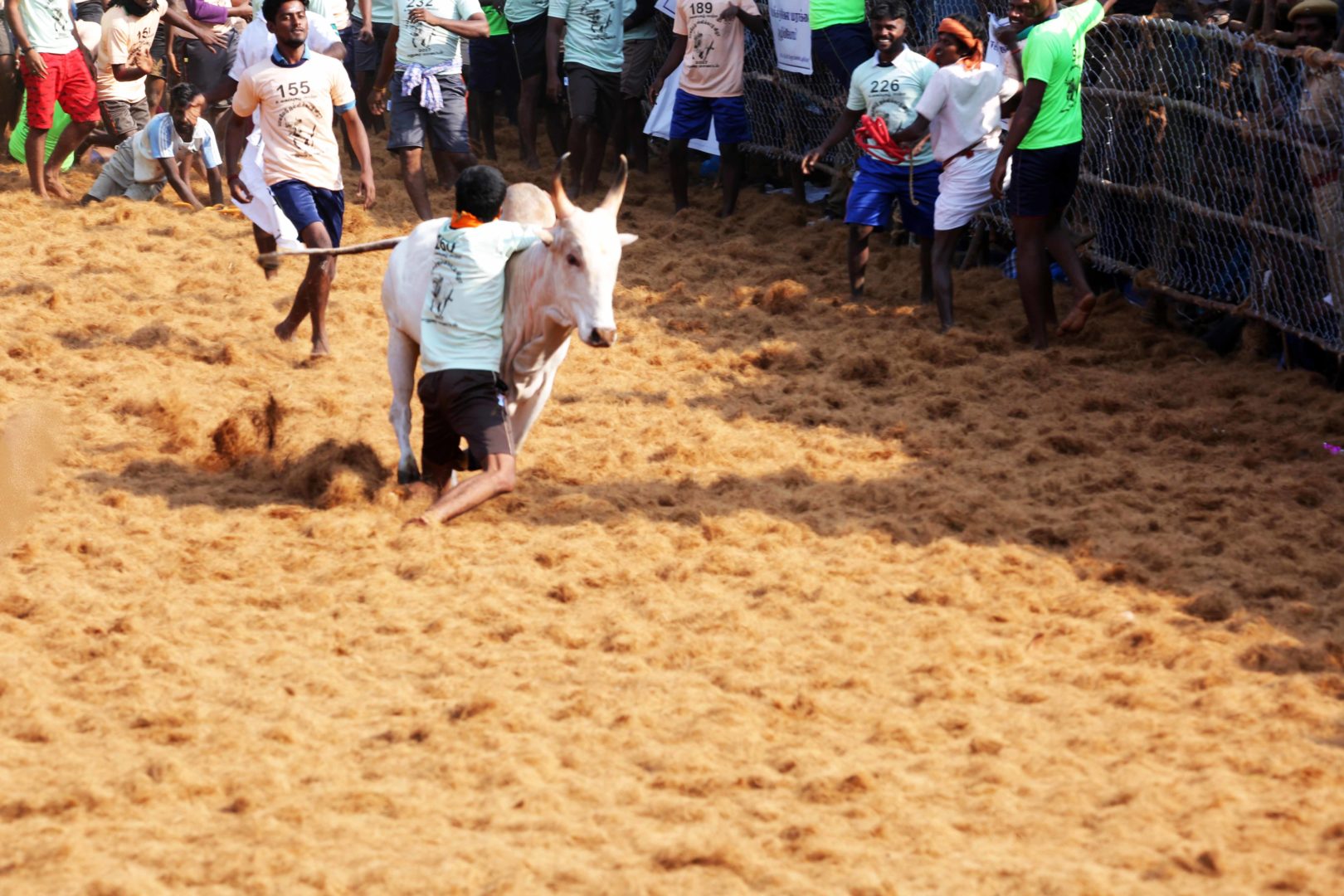
It is said that this sport is more than 3000 years old. Jallikattu is a very dangerous sport wherein a bull is released into a crowd of people and the participants try to tame it holding on to its hump for as long as they can. In olden days, this event was held in order to marry the girl to whom the bull belonged or for money. If it was for money, the prize money would be tied to the horns of the bull and the participants try to retrieve it. However, these days, jallikattu is conducted as a competition among villages and to become the leader of the land. Whatever it is, to Tamils, it is an important part of their lives. Time is 3.00 am in the morning and the place is Palamedu, Madurai. I stopped a milkman on the way and asked him the way to reach the place where jallikattu is held and went in the direction he showed.
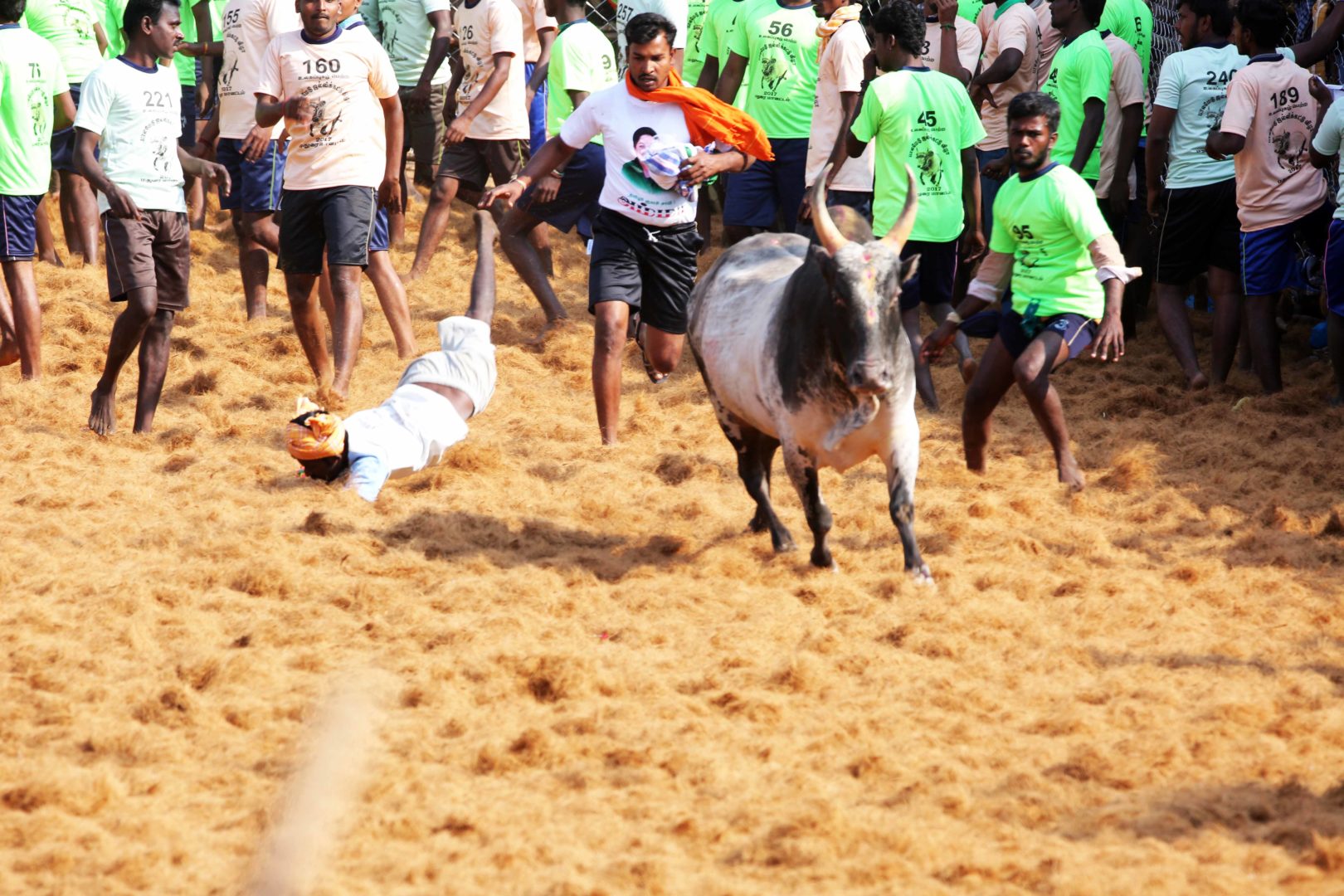
I was surprised to see the huge crowd of people there at 3.00 am in the morning. The number of vehicles seemed to be more than people. There were vehicles carrying the bulls and other vehicles accompanying them. Around 30 people accompanied each bull. If a bull is famous, then the people coming along with it will be more in number. I parked my vehicle around 1 km away from the spot. While I walked slowly towards the place, I got a view of the bulls being brought in and the hullabaloo over getting the bulls down from the vehicle. The venue has been enclosed with bamboo fencing and on the fences, seats have been arranged for the audience. The seats are of different rates. The rate of the seats at the point where the event starts ranges between Rs.1000 to Rs.2500. The rate decreases as the seat goes back. I had a cup of black tea and got myself a seat from where photos can be taken comfortably. Now, the time is 6.00 am. The event starts at 7.00.

There are 3 types of jallikattu – Vadam manju virattu, manju virattu, and Vadi manju virattu. Vadam manju virattu is one in which the bull is tied to a rope and a group of 7 people try to subdue it. Manju virattu is a type where more than one bull is released and the participants try to obstruct them. In Vadi manju virattu, the contestants need to stop the bull for 15 minutes, holding onto its hump. The bulls used for jallikattu have good muscle tones, large hump, and sharp horns. They are known as Kangayam Cattle, and they cost between Rs.1 lakh and Rs.3 lakh. The bulls used for jallikattu have a royal life. They sleep listening to songs, get exercise, wellness treatment, sufficient food, and massage with oil before bath. Bulls that are 6 years old are used for this sport. Hurray, hurray… suddenly, there was a clamour of voices. I could see a jallikattu bull with colours and garlands on it being brought in after worship, with shouting and cheering.
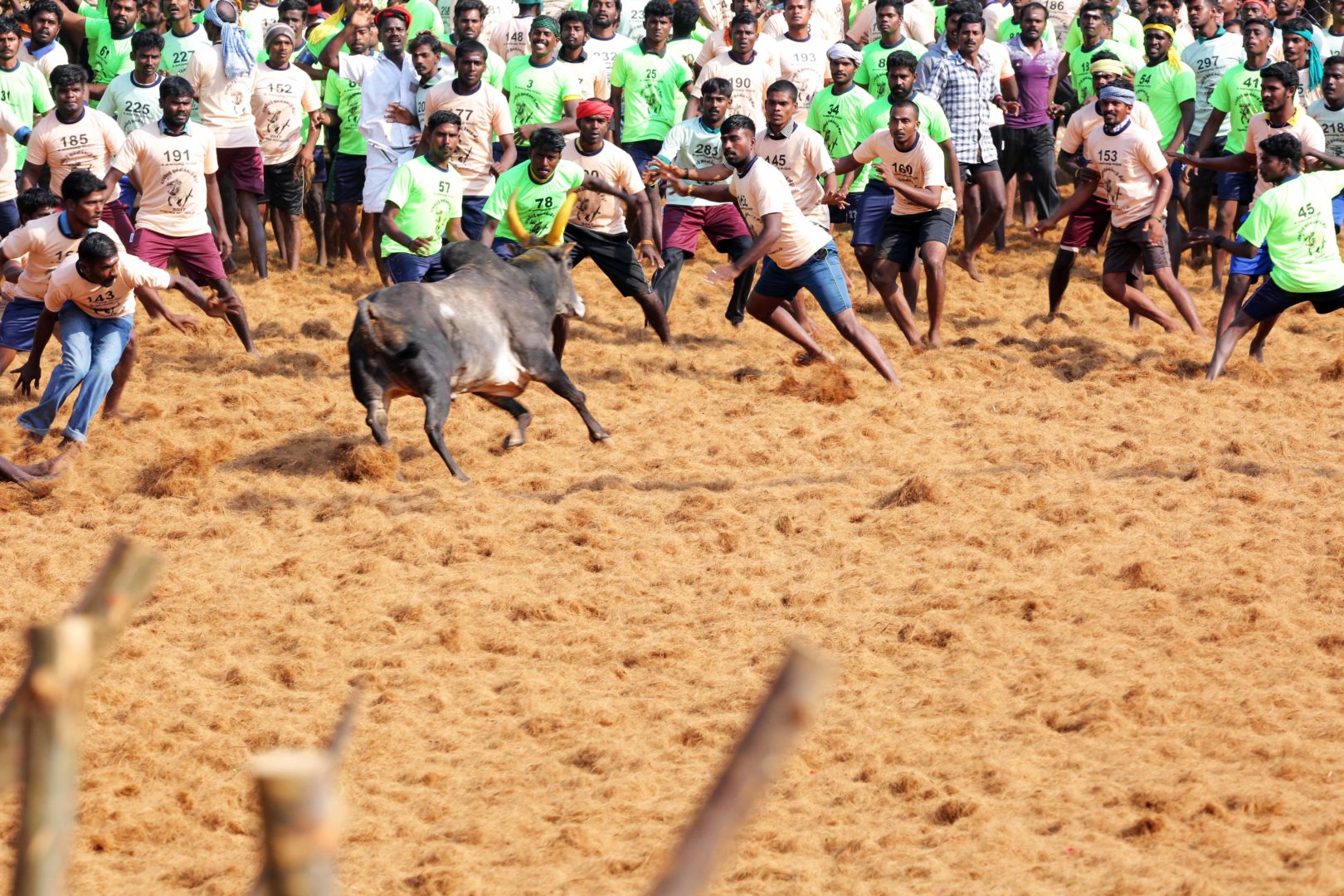
It’s time to start the event. From one side, bull is brought, untied, and released into the crowd. What happens then will not be clear to us. Bulls enter through an entrance called vadi vasal. A contestant grabs the hump of the bull and the bull attempts to shake the man off. The person has to try to hang on to it for 10 minutes or till the bull reaches the finishing point. The winner will be considered as a hero. Participants who have been practising for months, line up on one side and strong jallikattu bulls line up on the other. After that what happens, we will understand only when it’s all finished. Injuries and deaths are common in this kind of sport. Around 500 to 800 bulls are brought in for the jallikattu. The event is a real celebration with the leaping bulls, the bouncing contestants, and above all, the ruckus raised by the people.
Jallikattu is the life breath of the Tamil people to whom agriculture, farms, and cattle are part of their existence. The event that starts early in the morning lasts till evening. I spent 2 to 3 hours watching and taking photos of jallikattu and then returned back home.

